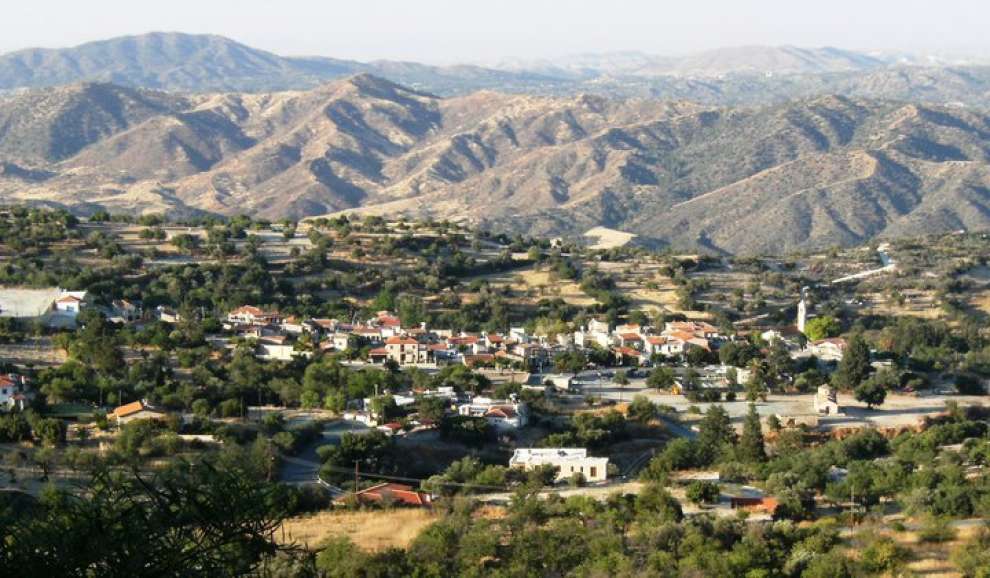Lefkara (Kato)
The art of embroidery has grown, reaching very high levels!
Kato Lefkara is a village in the province of Larnaka, located about 34 kilometres southwest of the city of Larnaka, built at an average altitude of 480m.
The scenery is divided by the rivers of Syrkati and Argakiou, of Agios Minas, the tributaries of the Pentaschivou River.
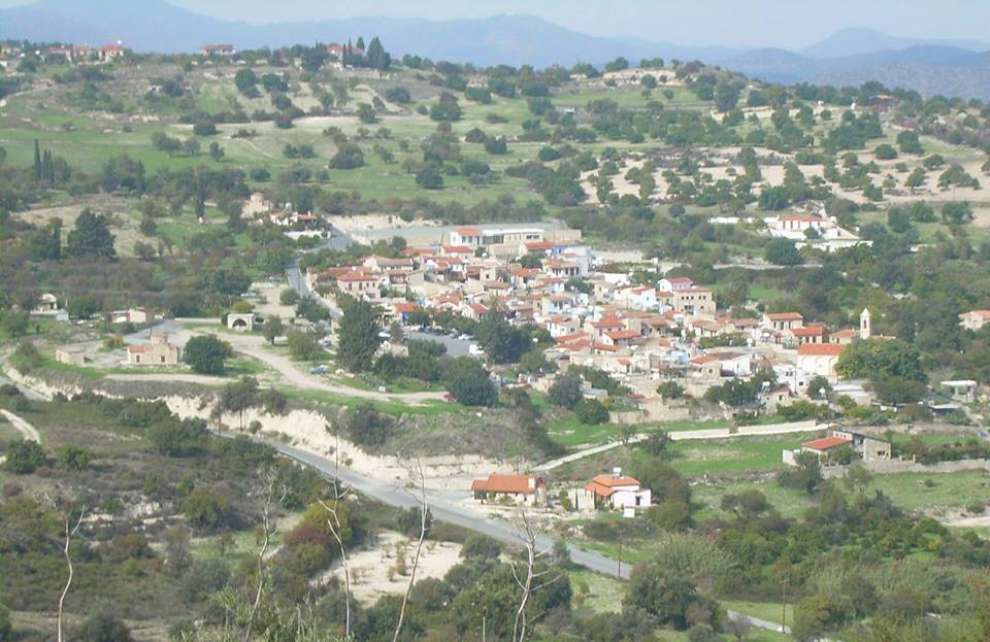 Photo: Ευθύμιος Σαρακατσανος
Photo: Ευθύμιος Σαρακατσανος
Kato Lefkara boarders Pano Lefkara in the northwest, Kato Drys in the southwest and Skarinou Station in the southeast. Pano and Kato Lefkara are two completely separate and independent villages, but with a common and interrelated cultural background, and they occupy a privileged position in the western mountainous area of the Larnaka province.
Historical data:
Until before the Ottoman domination, there was no separation between Kato and Pano Lefkara. In previous sources, Lefkara is mentioned as a single settlement, which was obviously Pano Lefkara. The Kato Lefkara was founded by displaced Greeks.
However, it would be beneficial to see the historical course of the village as "Lefkara". The first written testimony of the existence of the Lefkara with their actual name as it is today, is given by Saint Neophytos in his Standard Testament, where he reports that he was born in Lefkara in 1134.
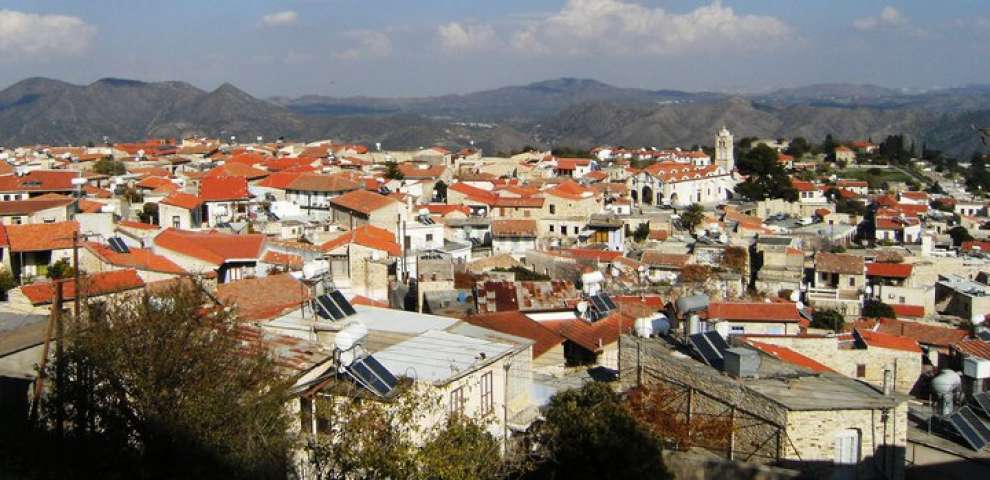 Photo: Dimitris Koumoullis
Photo: Dimitris Koumoullis
The second historical testimony dates back to the years of the Frankish rule (1191-1570) and it states that in 1308 they had been exiled for three years in Lefkara, all the leaders of the military soldier's Temple of the Templars, who with their unacceptable behaviour prevented the smooth operation of the Frankish status of Cyprus. During this period, Lefkara was a powerful and rich feud. According to De Latry, Lefkara is included in the list of royal estates. In older maps, the village is also written as Lefcara or Lescara.
Lefkara is one of the villages of Cyprus that existed before the Frankish rule. During the Byzantine period it refers to several historical and Byzantine sources as it is also referred to as the birthplace of Saint Neophytos.
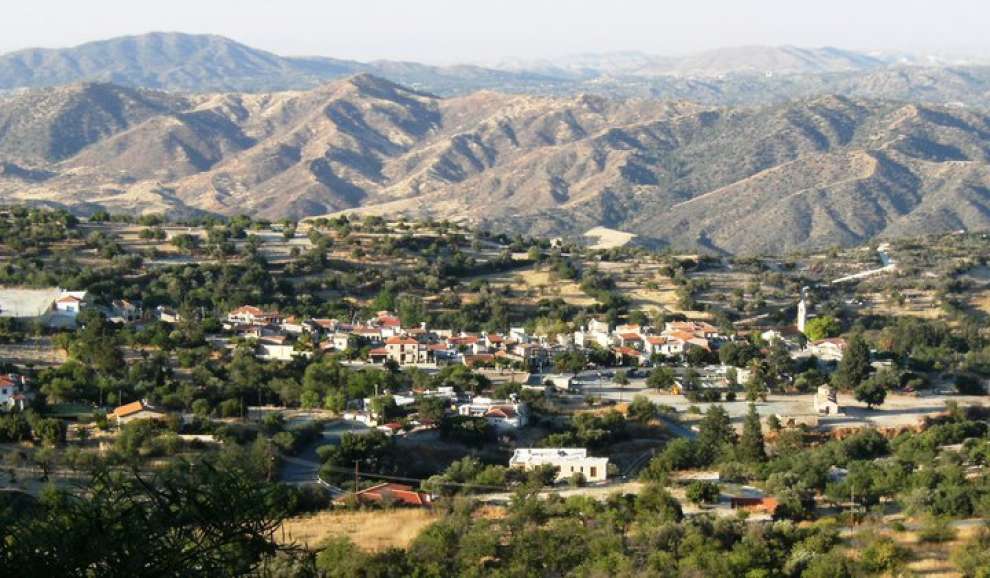 Photo: Dimitris Koumoullis
Photo: Dimitris Koumoullis
The name of the village:
Regarding the name of the village, there are three versions. According to the first, the name of the village comes from the words "leuka ori" meaning white hills, because the village of Lefkara has as its main characteristic the white, rugged limestone and pyrolite landscape.
A second version states the village took its name from small "leukes" meaning poplars that thrived in the area. Finally, a third version states that the name of the village came from a settler, perhaps it was the first settler of the village, called "Lefkalos".
Sights and Churches:
Entering the Kato Lefkara, you will see the chapel of Archangel Michael, a 12th-century building, which in the past years had cells and was a place for hospitality of the Despot. It is a chapel built in a Byzantine style with a dome. Somewhere in the centre of the village dominates the church of Panayia Eleousa, which was preserved about 25 years ago. Near the village cafe is built the chapel of Agia Marina, dating back to the 18th century. Additionally, to the west of the village, there is the chapel of Agios Timotheos, a 15th century building and the chapel of Agios Georgios which is built on the top of a hill.
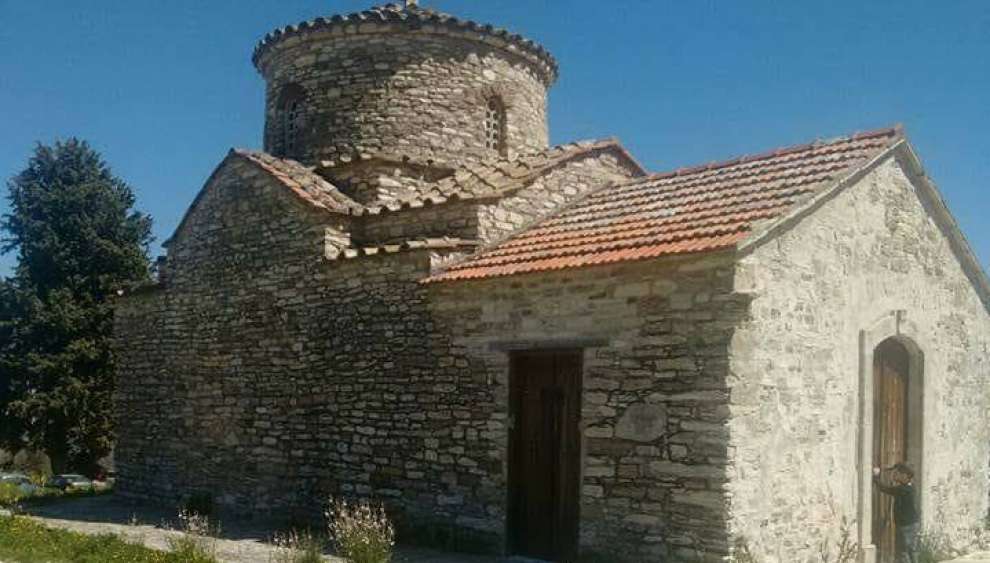 Photo: Kyriaki Gregoriou
Photo: Kyriaki Gregoriou
Behind the church of Panagia Eleousa, the first elementary school, which is now destined to become an embroidery art museum, is built. There you will also see the old olive mill, which in the old days helped the inhabitants to extract the olive oil from their olives.
In the centre of the village lies the central and cobbled square of Lefkara, around which there are several shops selling the traditional Lefkaritika embroidery, as well as various other products. The village's paved alleys give you the urge to walk around and see all of the things mentioned above.
Population:
Lefkara experienced several population fluctuations. More specifically, in 1881 the inhabitants of the village were 313, which increased in 1891 to 334 and to 349 in 1901. In 1911 they decreased to 323 to increase to 364 in 1921. In 1931 they fell only slightly to 357 and in 1946 they grew to 405. In 1960 the inhabitants reached 304 and in 1973 they were reduced to 225. In 1976 they rose to 256 others in 1982 to 210. According to the 2001 census, the inhabitants of Lefkara were 118.
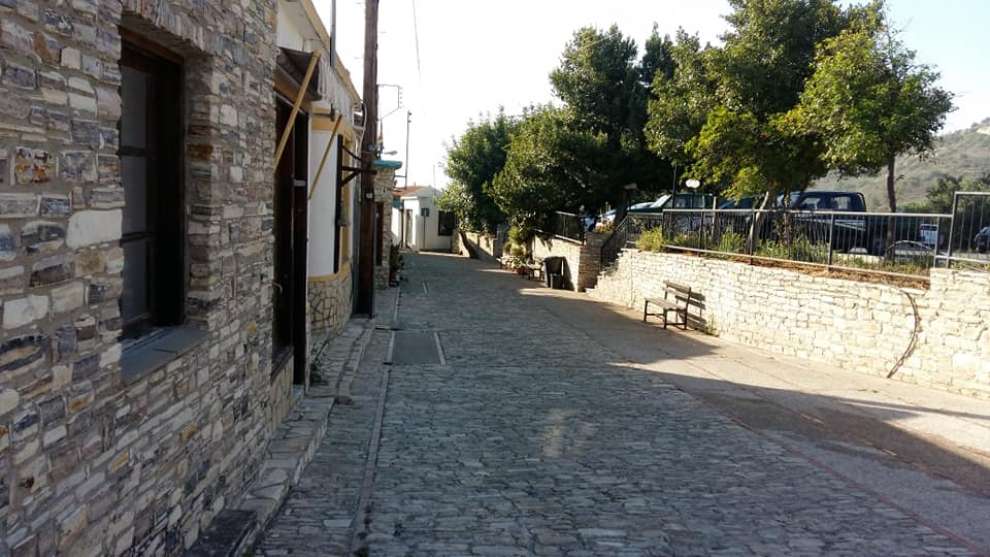 Photo: κωνσταντινος αντωνιαδης
Photo: κωνσταντινος αντωνιαδης
Crops, Products and Occupations:
In Kato Lefkara, there is a limited area of arable land in which wine grape varieties, olives, almonds, carobs, a few citrus fruits, fodder plants, beans, a few fruit trees such as figs, pomegranates and plums and very few vegetables are cultivated.
However, the largest area of the village is uncultivated and it grows wild natural vegetation, mainly pine trees, lime trees, thyme, wild groves and wild olives.
Apart from farming, the inhabitants of the Kato Lefkara, as well as in the neighbouring village of Pano Lefkara, have developed the art of embroidery, which has reached very high levels, just like the Silverworks.
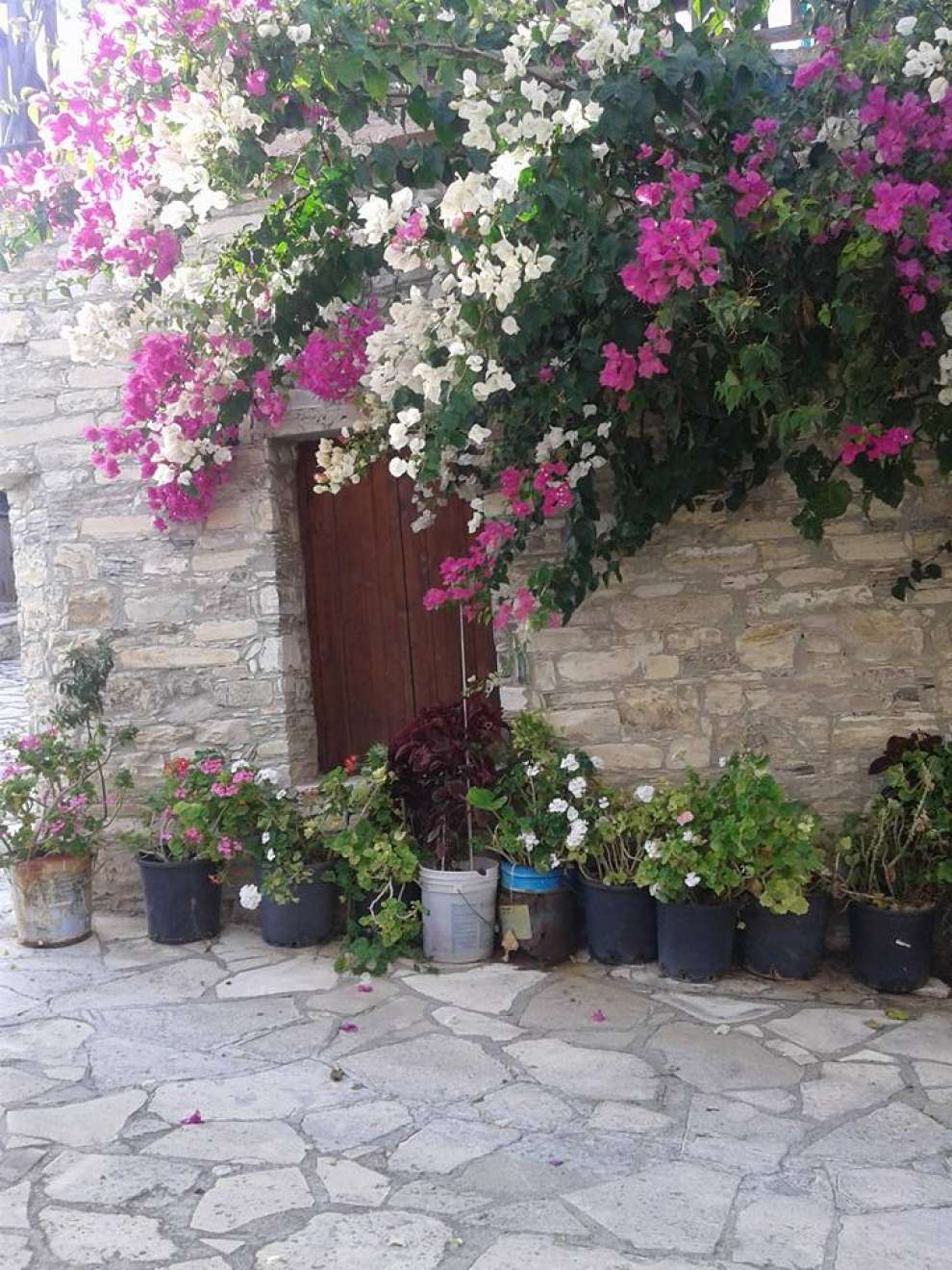 Photo: Maria Georgiou
Photo: Maria Georgiou
For the map of the area, click HERE

 English
English
 Ελληνικά
Ελληνικά Русский
Русский